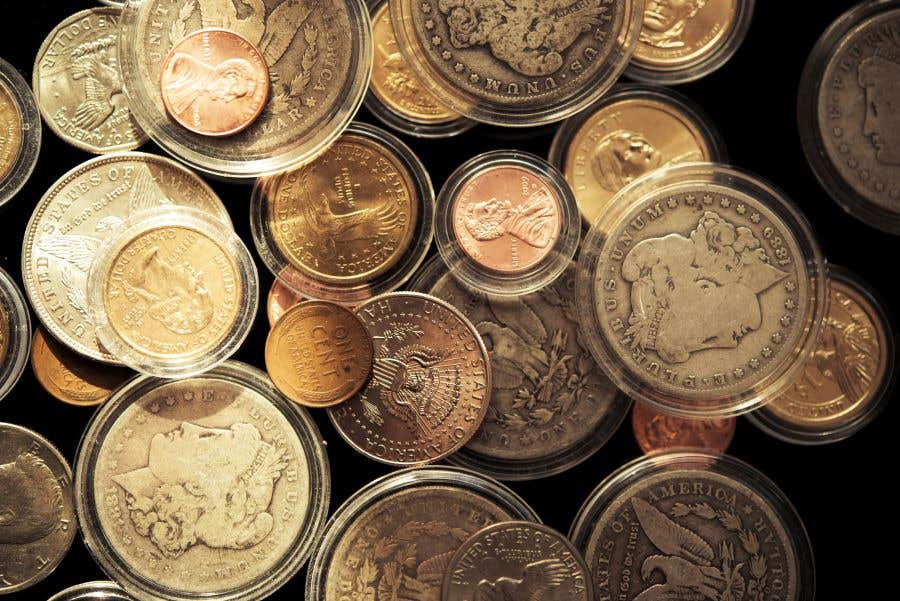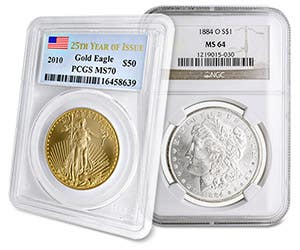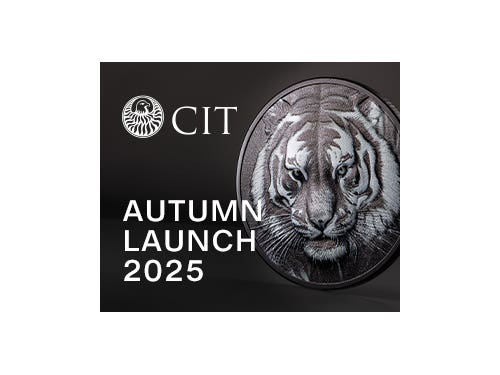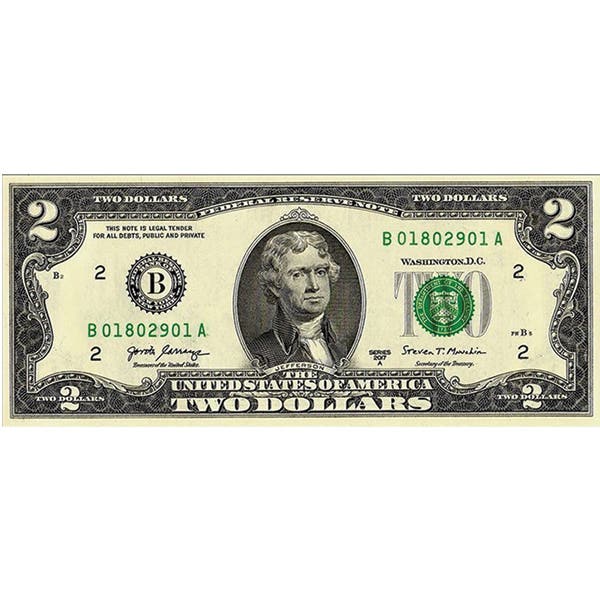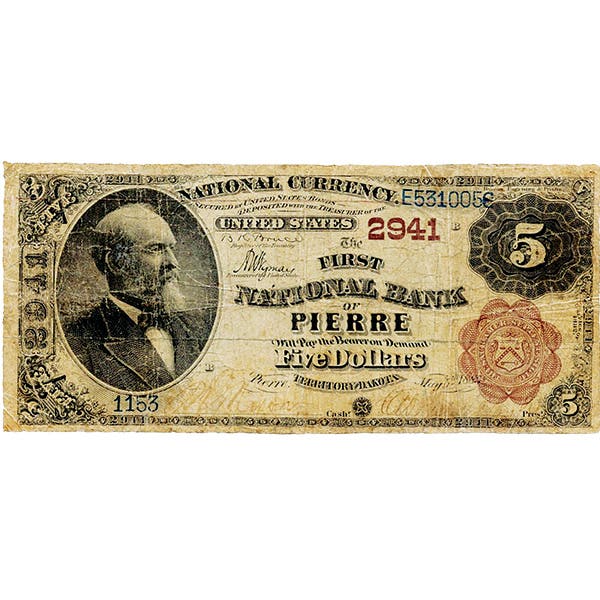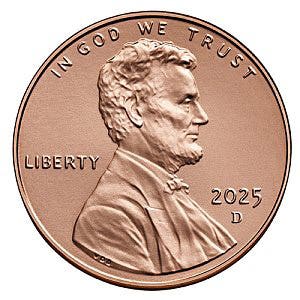Check On Your Safe Deposit Box
You can’t just put stuff in a safe deposit box and then do nothing other than pay your annual rent. Inactive bank accounts, safe deposit boxes, and brokerage accounts are subject to state escheats laws.
A safe deposit box at a bank, credit union, or private company can provide a high degree of security for your valuables at minimal cost. If you do use a safe deposit box, though, there are a few risks of problems.
1. You can’t just put stuff in a safe deposit box and then do nothing other than pay your annual rent. State governments have escheats laws where inactive bank accounts, safe deposit boxes, and brokerage accounts need to have periodic activity, or the institution is supposed to contact the customer to verify the owner is still alive and that their contact information is current. If they are unable to reach the customer or get no response, then the assets are turned over to the state government. The period of inactivity varies from state to state. California requires that accounts inactive for one year be turned over to the government. I think Michigan waits until three years have elapsed. Once transferred, the state government is supposed to try to contact the owner to return the assets. If they are unable to contact the owners, then the assets are confiscated by the state government. Things like jewelry, coins, bullion, and other valuables are typically sold in an escheat auction. To protect themselves, people with safe deposit boxes should access them probably at least once a year.
2. Safe deposit boxes are prohibited from containing certain items. The list of prohibited items can vary from place to place. Most of them prohibit weapons, toxic or dangerous chemicals, illegal substances, proceeds from criminal activity, and the like. However, some go so far as to prohibit cash, coins, or bullion in safety deposit boxes. The contracts specify that if people put prohibited items in their safe deposit boxes, the bank or credit union gets to confiscate them. I wrote an article in more detail on this subject last year, titled: How Safe are Safety Deposit Boxes?
3. There is some risk of government seizure of assets in safe deposit boxes. There are current lawsuits in the courts involving the Federal Bureau of Investigation (FBI) raiding a private safe deposit box company in southern California called U.S. Private Vaults. The FBI was investigating U.S. Private Vaults but broke into hundreds of customer boxes there and seized the contents. There have been lawsuits by innocent box-holders there to try to reclaim assets that the FBI says were forfeited. Don Mellein had kept some cash and 110 gold coins in his box. He has incurred at least $40,000 in legal fees thus far before the Institute for Justice took up his effort to reclaim his property. Initially, the FBI did not return any gold coins to him. Later, it claimed to have found and returned 47 of the coins. He is still waiting to get his other 63 coins with a value of more than $100,000.
4. Lastly, our company has a customer who reported that his bank, where he had a safe deposit box, closed that branch. The bank supposedly moved the contents of all safe deposit boxes at the closed branch to another bank branch. Our customer said he wasn’t notified of this transfer. He also said that he had more than a seven-figure amount of valuables in his safe deposit box, which the bank cannot now locate. There is also another problem where another customer told us that the contents of his safe deposit box were moved and commingled with the assets from another safe deposit box.
Obviously, there are steps you can take to minimize the risk of losing the contents of your safety deposit box:
1. Make sure you read the safety deposit box rental contract, and don’t put items in it that are prohibited.
2. Access the safety deposit box at least once a year and make sure that the branch has your current address, phone number, and email.
3. Make a list of everything in each box, putting one copy in the box and keeping another copy in your possession.
4. It would also be a good idea to take a picture of your open safe deposit box to be able to prove later the kind of items you had in the box.
Answer to the Previous Trivia Question
Last week, I asked: Whose image appears on the greatest number of different coin issues?
The answer is Queen Elizabeth II of the United Kingdom. Many member nations of the British Commonwealth feature a portrait of the current British monarch. This, along with Queen Elizabeth’s long reign of more than 70 years, resulted in her portrait appearing on hundreds of different coins.
This Week’s Trivia Question
Whose image appears on the greatest number of coins struck? Come back next week for the answer.
Patrick A. Heller was honored as a 2019 FUN Numismatic Ambassador. He is also the recipient of the American Numismatic Association 2018 Glenn Smedley Memorial Service Award, 2017 Exemplary Service Award, 2012 Harry Forman National Dealer of the Year Award, and 2008 Presidential Award. Over the years, he has also been honored by the Numismatic Literary Guild (including twice in 2020), the Professional Numismatists Guild, the Industry Council for Tangible Assets, and the Michigan State Numismatic Society. He is the communications officer of Liberty Coin Service in Lansing, Mich., and writes Liberty’s Outlook, a monthly newsletter on rare coins and precious metals subjects. Past newsletter issues can be viewed at www.libertycoinservice.com. Some of his radio commentaries titled “Things You ‘Know’ That Just Aren’t So, And Important News You Need To Know” can be heard at 8:45 a.m. Wednesday and Friday mornings on 1320-AM WILS in Lansing (which streams live and becomes part of the audio archives posted at www.1320wils.com).




